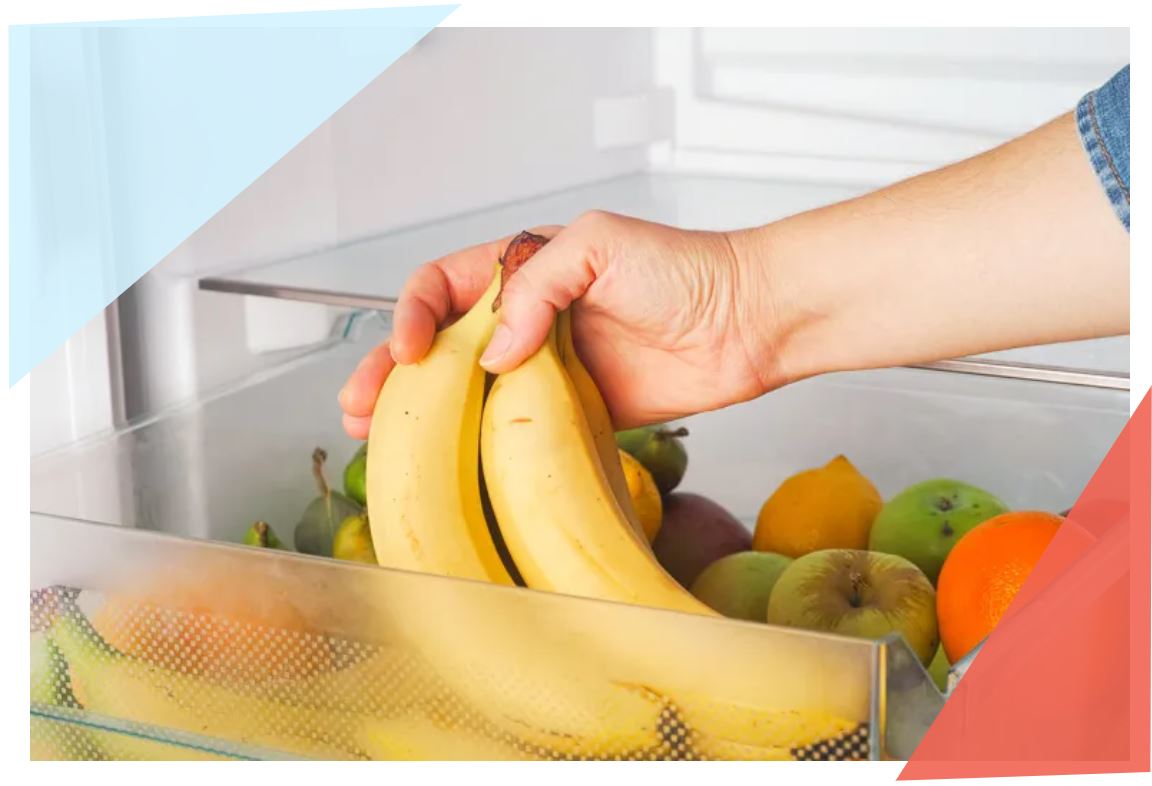
Some things clearly belong in the refrigerator: eggs, yogurt, milk… these are no-brainers. Condiments and sauces can get a little murky, since not all truly need a stay in the fridge after opening. When it comes to shelf-stable foods, well, most of us don’t think twice about tossing a package of cashews or tortillas into the pantry (after all, they’re not refrigerated at the grocery store). But a handful of pantry staples can benefit from storage at a brisk 40 degrees. Cool temperatures can preserve their flavor and nutritional value until you’re ready to enjoy them — here are eight that benefit from moving off the counter and into your fridge.

Credit: BearFotos/ Shutterstock
Dry-Cured Meats
Snack sticks, jerky, salami, and other cured and dried meats don’t have to be refrigerated, but keeping them wrapped in butcher paper in your lunch meat drawer has its perks. Storing salami and other dry-cured meats at cool temps protects their flavor, reduces bacteria growth, and keeps them from drying out, especially after you’ve opened and cut into the roll.
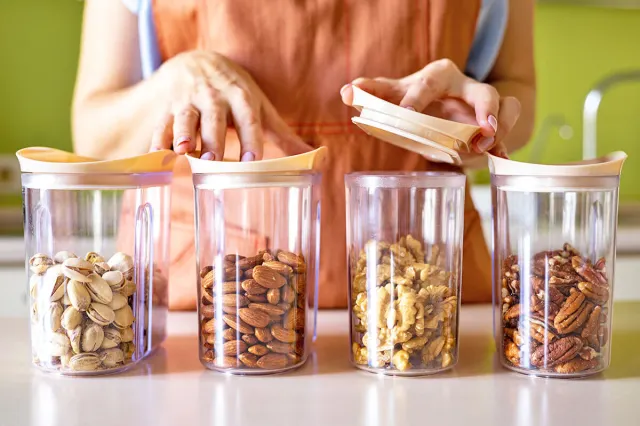
Credit: Kostikova Natalia/ Shutterstock
Nuts and Seeds
Nuts are relatively shelf-stable, so most people toss them in the pantry. However, the unsaturated fats that make them a healthy snack choice can actually be their long-term storage downfall. When exposed to warm temperatures and light, unsaturated fats in nuts begin to break down, slowly turning your entire stash of cashews or almonds rancid. Storing nuts in a closed container in the fridge slows this process, and keeps them fresh for up to six months.
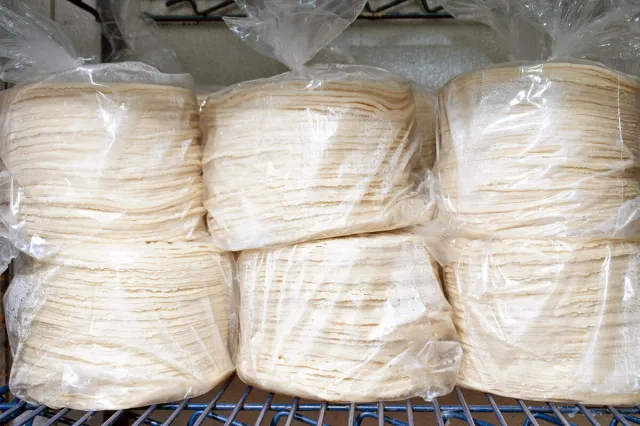
Credit: smileitsmccheeze/ iStock
Tortillas
Grocery stores typically keep tortillas in the bread aisle, which is why many of us store them on the counter. However, a closer look at the packaging often reveals a fine print recommendation to refrigerate after opening. Exposure to heat helps mold and bacteria take root (especially in flour tortillas), so tossing leftover tortillas into the fridge in a sealed bag can help them last until your next Taco Tuesday.
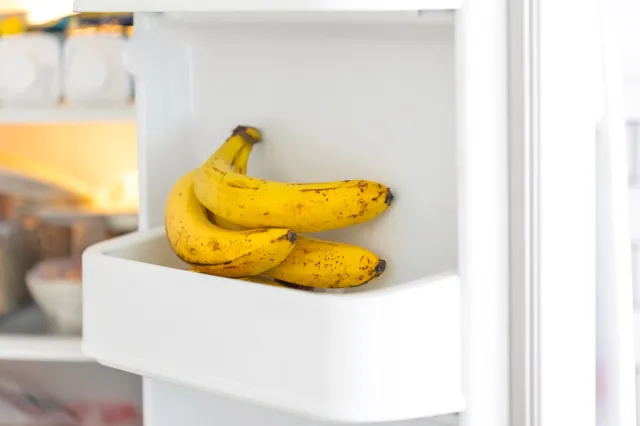
Credit: puhimec/ iStock
Ripe Bananas
Getting a perfectly ripe banana is tough — and entirely subjective. While 47% of Americans opt for a solid yellow banana, 31% prefer at least a few brown spots. Whatever your preference, you can pop bananas into the fridge to pause ripening until you have a chance to eat them.
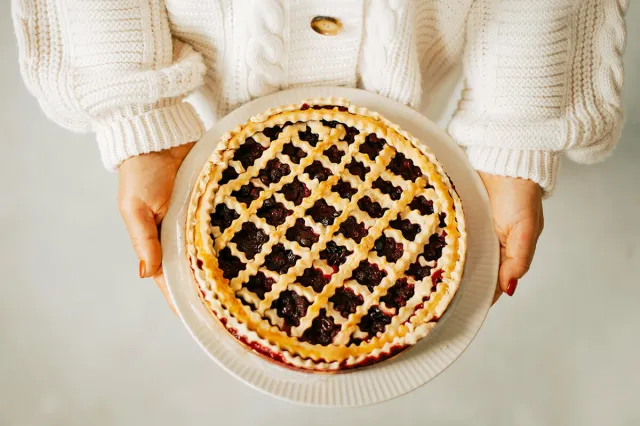
Credit: Kateryna Hliznitsova/ Unsplash+
Pies
Do you keep your leftover pie in the fridge or on the counter? This common kitchen debate rears its head around Thanksgiving (usually when fridge space is at a premium). Nutrition experts recommend storing any pie, cobbler, or dessert made with refrigerated dairy ingredients in the fridge to prevent bacteria and mold. Custard, cream, and pumpkin pies can sit out at room temperature for a maximum of 2 hours, and fruit pies without dairy (like apple or cherry) can stay on the counter for up to 2 days before needing refrigeration.

Credit: FabrikaSimf/ Shutterstock
Opened Bottles of Wine
Popping a cork or stopper into a half-finished bottle of wine won’t guarantee it remains fresh until you’re ready for another glass. Wine begins to oxidize once the bottle is uncorked and the delicious liquid inside is exposed to air; this chemical reaction can give your glass of vino a flat taste and off-color appearance. While refrigerating can’t stop oxidation, it can slow it down to save your leftover wine for another occasion.
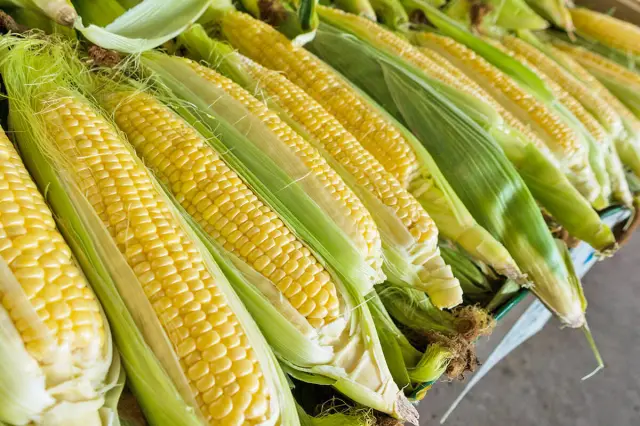
Credit: Andre Ouellet/ Unsplash
Fresh Corn
Corn fresh from the field is sweet and juicy… but not when left at room temperature for days on end like other produce. The sugar in sweet corn breaks down after it’s harvested, and the cobs slowly dry out when left on the counter. Make sure your corn on the cob is a barbecue hit by leaving its husk on (which protects against decay) until the day you eat it and placing the ears in a produce bag before refrigerating.
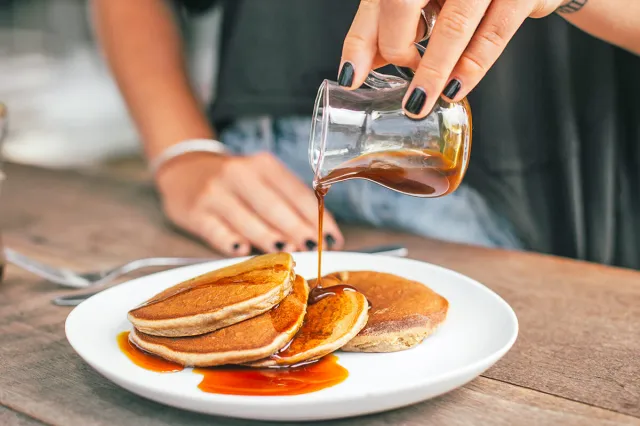
Credit: Sveta Y/ Shutterstock
Pure Maple Syrup
Unlike artificial syrups, pure maple syrup doesn’t contain any preservatives to help it stay fresh at room temperature. It’s also not as cheap — so protect your morning breakfast investment by keeping pure maple syrup in the fridge, allowing it to grace your morning pancakes and waffles for up to a year (if you don’t eat it all first).
Featured image credit: StepanPopov/ Shutterstock

Nicole Garner Meeker Writer
Nicole Garner Meeker is a freelance writer, research editor, and Optimism contributor. Based in St. Louis, she’s an enthusiastic gardener, fiber artist, and connoisseur of fine snacks.
558 total views, 4 views today
